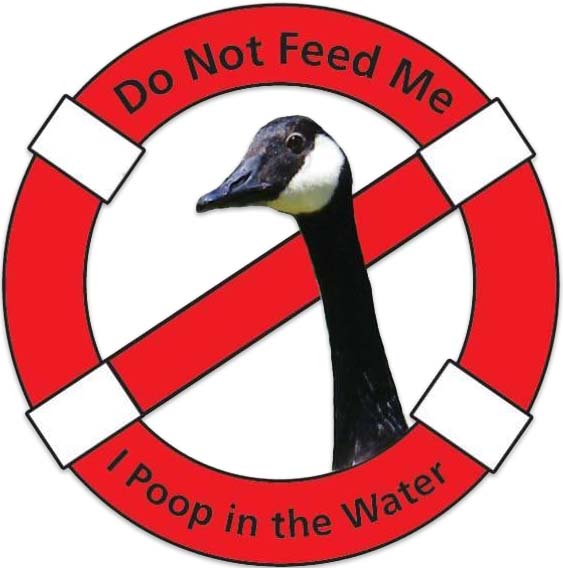
NPS To protect the health and safety of our visitors, the National Park Service at Whiskeytown National Recreation Area monitors water quality at our designated swim beaches every Monday during the summer months. On holidays such as Memorial Day, July 4, and Labor Day, testing is done on Sunday's in order to capture the most accurate peak visitation times. Please see below for the testing site locations and the current status:
Yellow is a single test (with the results of a follow up test pending) has results that are at or exceding the threshold of concern. Red is multiple, daily tests have returned results that are at of exceding the threshold of concern. To reduce the probability of illness from water borne pathogens, samples are gathered weekly at our swim beaches from May through September and the results are compared to state and federal water quality standards. Although uncommon, sometimes water quality standards are exceeded, and swimming advisories are posted. Since 2005 this has occurred twice, once at Brandy Creek Beach (2018) and once at Whiskey Creek Group Picnic Area (2021). The primary source for degraded water quality includes humans, pets, and wildlife, specifically Canada geese which can be prolific at our beaches during the summer. A single Canada goose can poop 1 to 3 pounds per day!! Please do your part to keep our beaches and lake clean by abiding by the following practices…
 Swimmers Itch Although not an indicator of poor water quality, the NPS receives several complaints about swimmers itch every summer season and most complaints come from swimmers at Brandy Creek Beach. Most people are not sensitive to swimmer’s itch and victims are encouraged to consult a physician. Swimmer’s itch, also called cercarial dermatitis, appears as a skin rash caused by an allergic reaction to certain microscopic parasites that infect some birds and mammals. These parasites are released from infected snails into fresh and salt water (such as lakes, ponds, and oceans). While the parasite’s preferred host is the specific bird or mammal, if the parasite comes into contact with a swimmer, it burrows into the skin causing an allergic reaction and rash. Swimmer’s itch is found throughout the world and is more frequent during summer months The adult parasite lives in the blood of infected animals such as ducks, geese, gulls, swans, and certain mammals such as muskrats and raccoons. The parasites produce eggs that are passed in the feces of infected birds or mammals. If the eggs land in or are washed into the water, the eggs hatch, releasing small, free-swimming microscopic larvae. These larvae swim in the water in search of a certain species of aquatic snail. If the larvae find one of these snails, they infect the snail, multiply and undergo further development. Infected snails release a different type of microscopic larvae (or cercariae, hence the name cercarial dermatitis) into the water. This larval form then swims about searching for a suitable host (bird, muskrat) to continue the lifecycle. Although humans are not suitable hosts, the microscopic larvae burrow into the swimmer’s skin, and may cause an allergic reaction and rash. Because these larvae cannot develop inside a human, they soon die. (Centers for Disease Control and Prevention Website, 2021).The symptoms of swimmer’s itch are:
Whiskeytown Lake has two separate sources of water, Clear Creek, and its tributaries and during the summer, the Clear Creek Tunnel, a manmade tunnel that connects Whiskeytown Lake with the Trinity River watershed at Lewiston Lake. Trinity Lake and Lewiston Lake act as a “settling pond” for sediment before the water is transferred to Whiskeytown Lake. Additionally, Whiskeytown Lake has two water levels, winter and summer, which minimizes shoreline erosion to two levels as compared to constant water level changes at other reservoirs. Whiskeytown Lake generally has very good water quality and a major reason for this is because all the water flowing into the lake comes from rural, mountainous, forested landscapes (although burned to a crisp). Agricultural land as well as urban and suburban rainwater runoff can substantially pollute waterways, however there is very little agriculture and only a few small towns upstream of Whiskeytown Lake or the Trinity watershed. Furthermore, most of this upstream land is protected from significant human development because it is held in trust by the federal government to the American people; the land is specifically managed by the U.S. Forest Service and U.S. Bureau of Land Management. For questions about Whiskeytown’s water quality monitoring program, email us at whis_information@nps.gov. 
NPS |
Last updated: June 9, 2022
